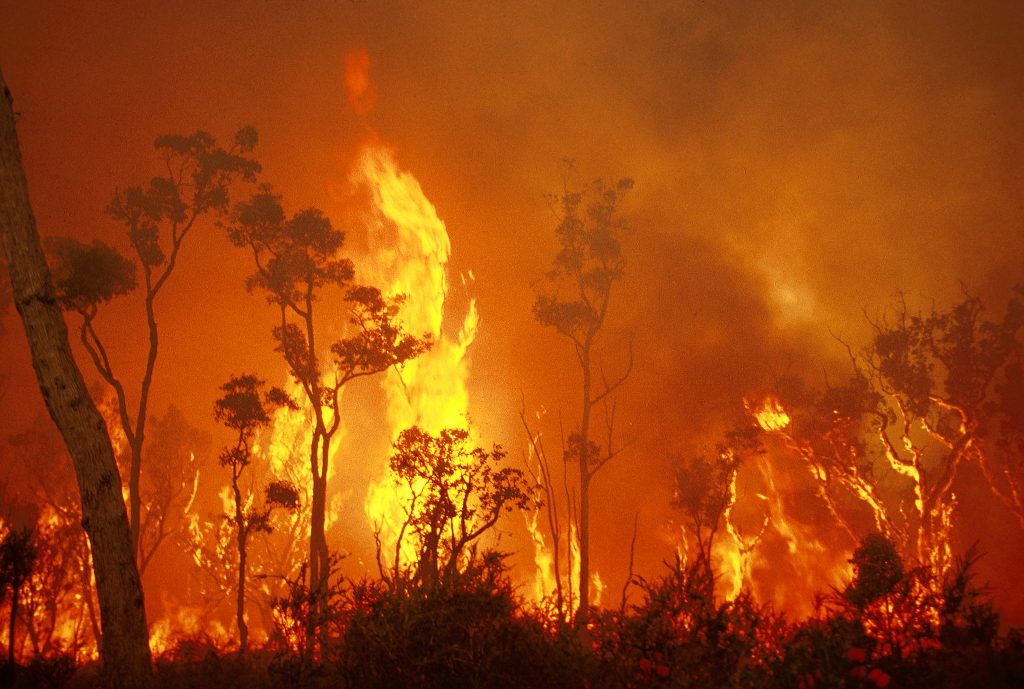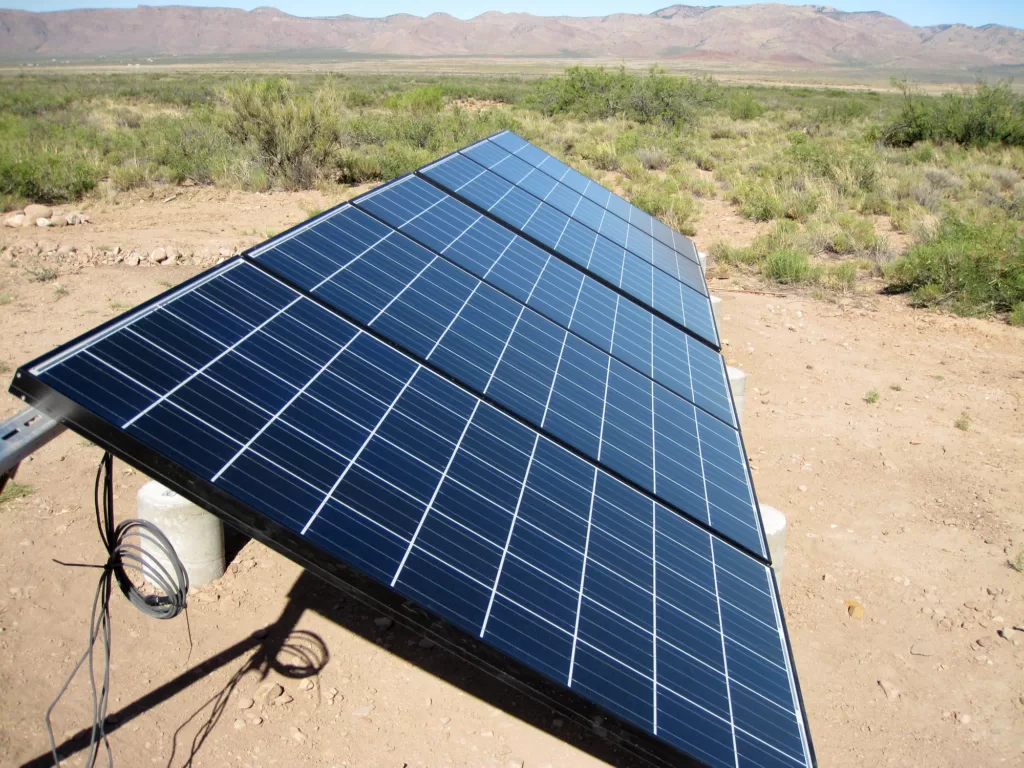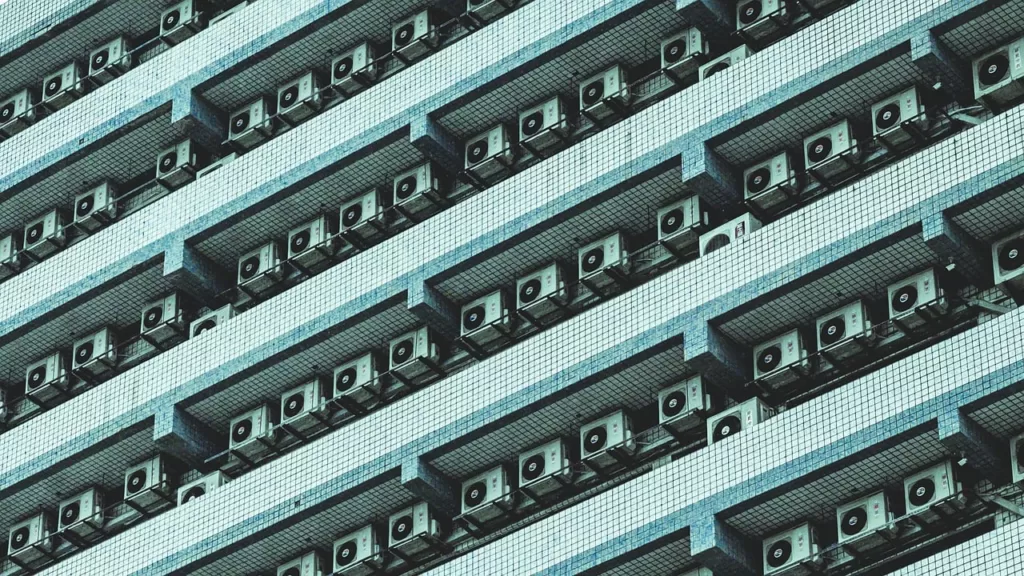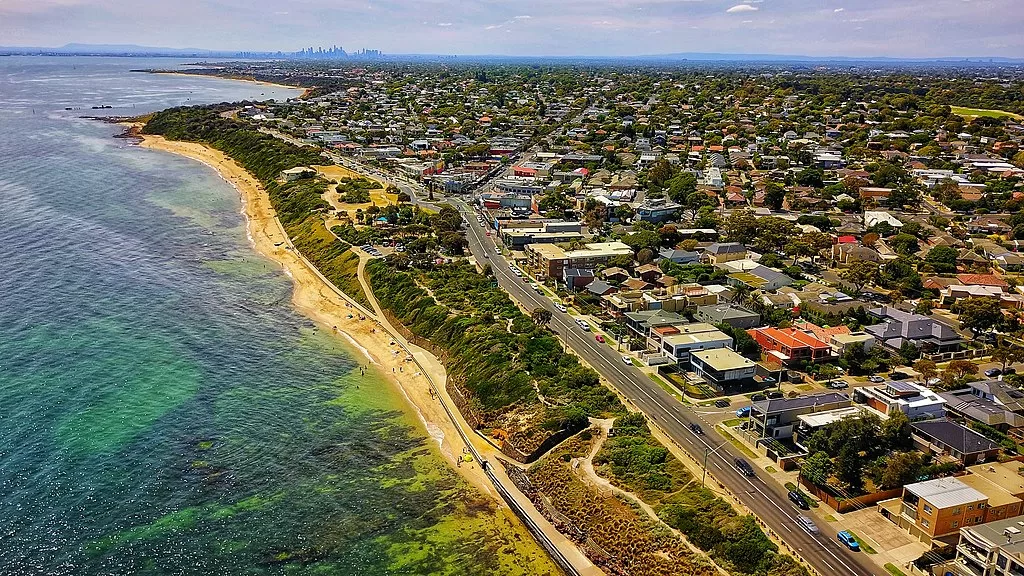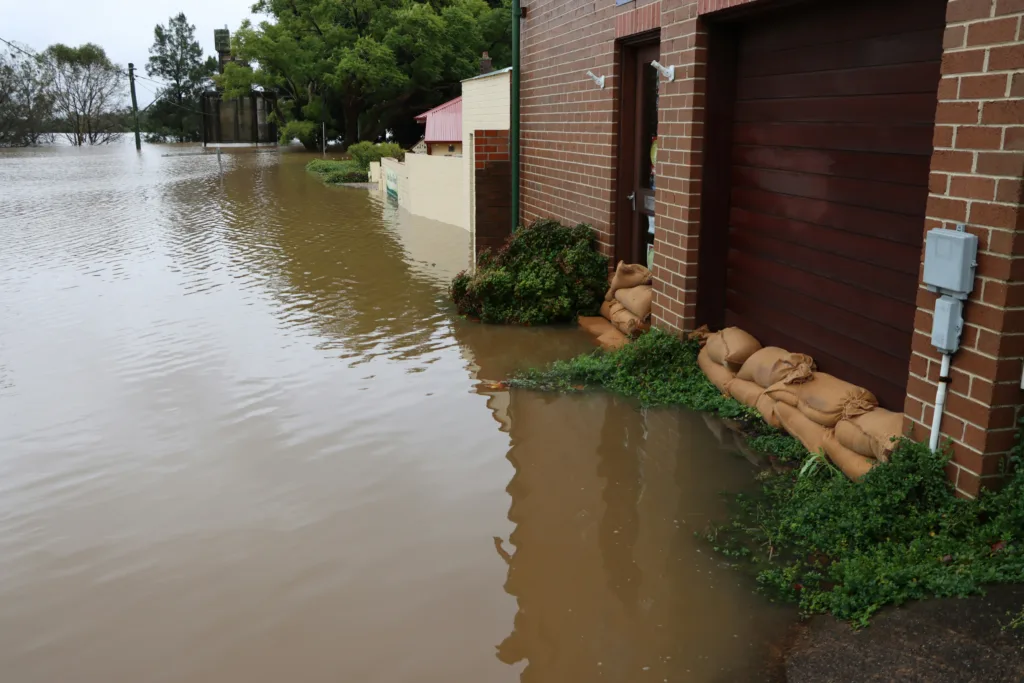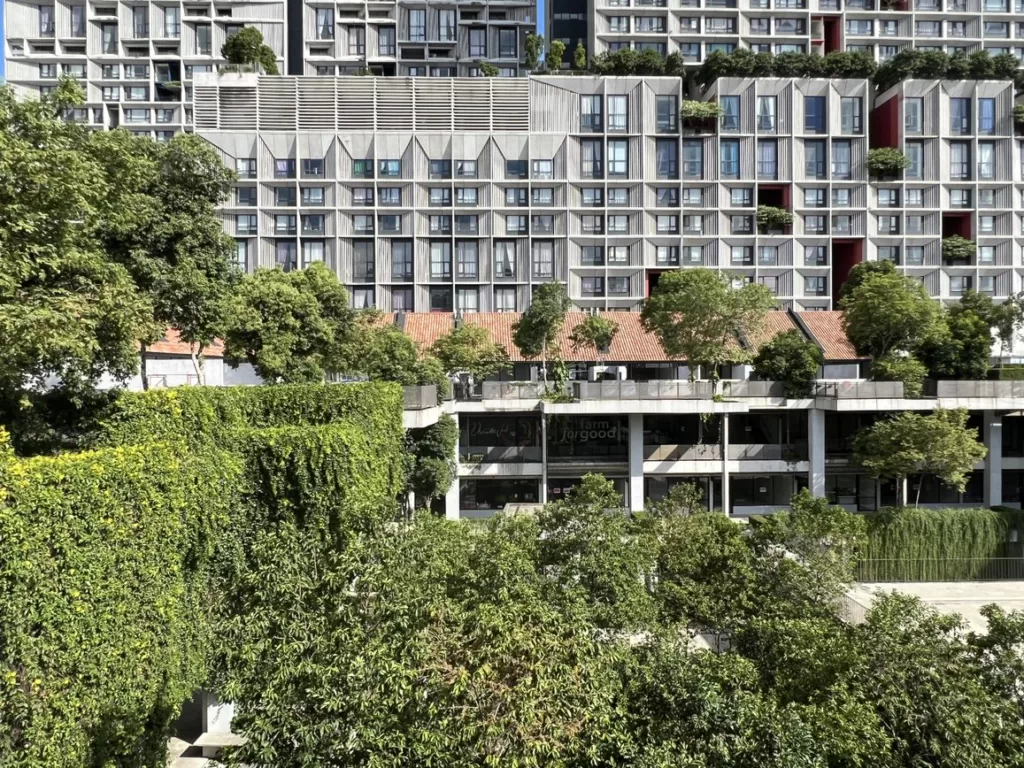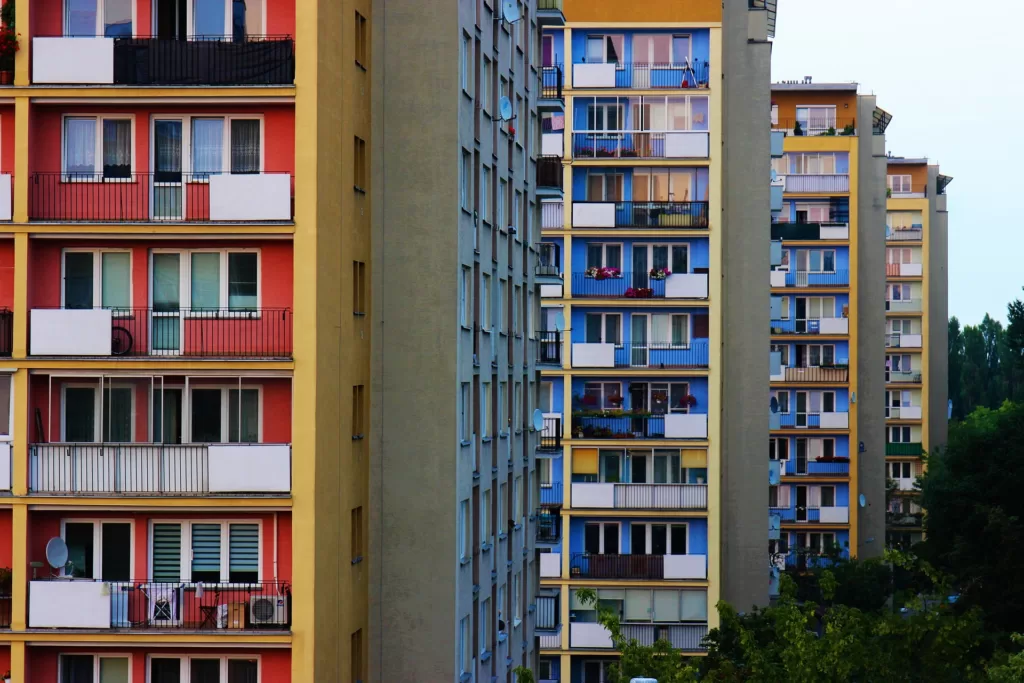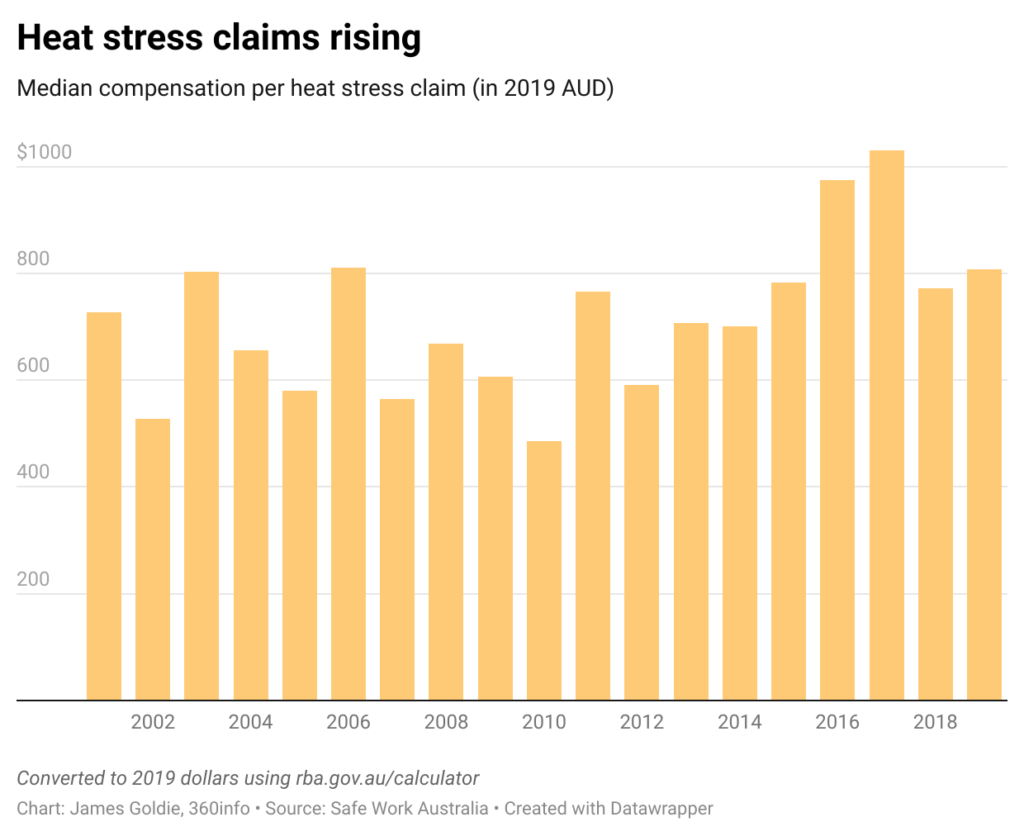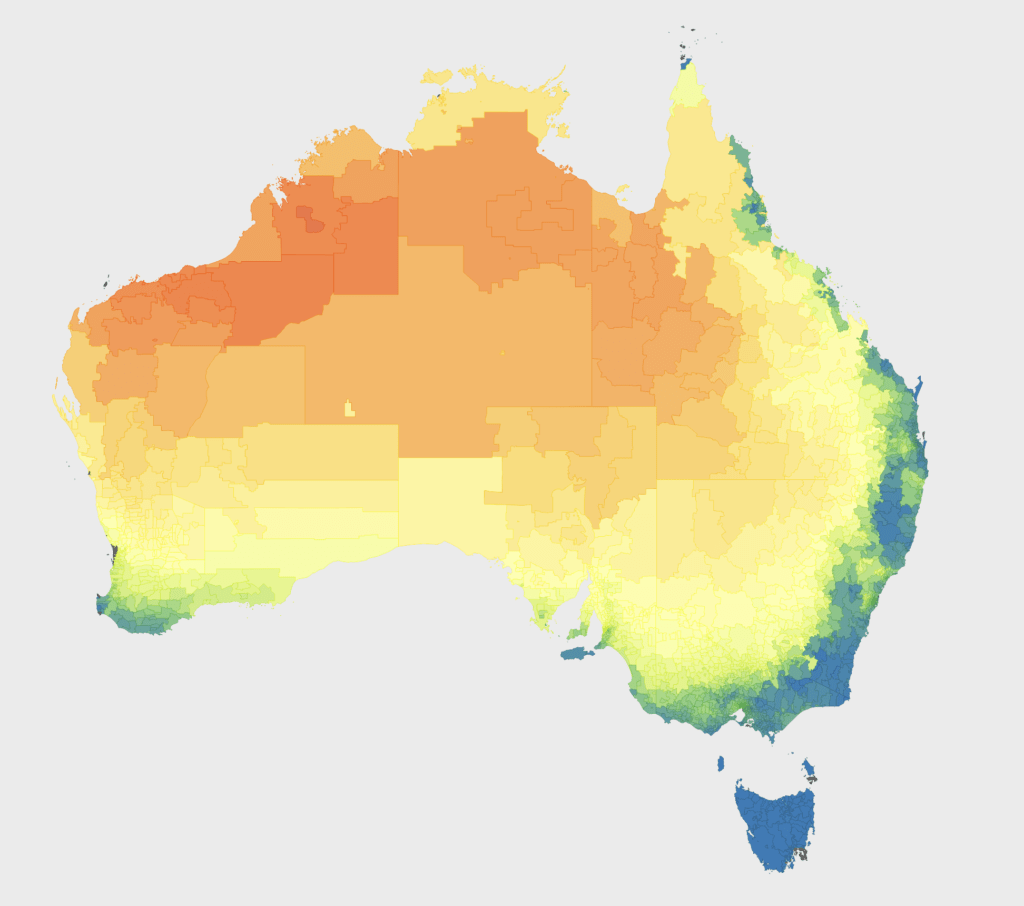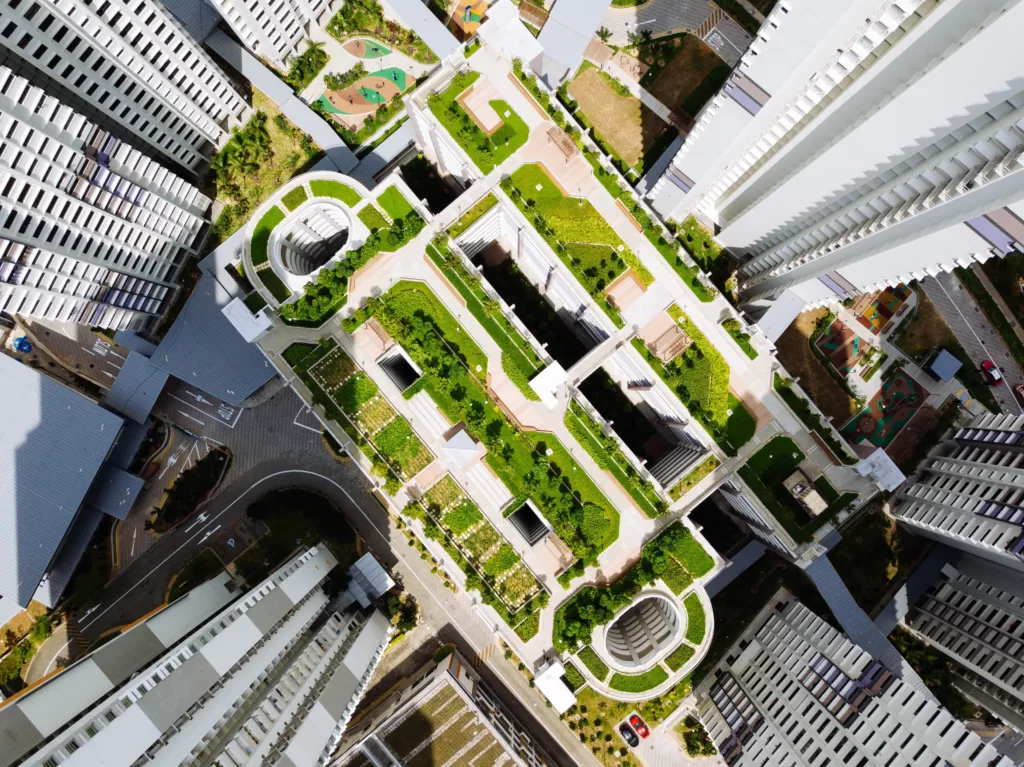We use cookies to improve your experience with Monash. For an optimal experience, we recommend you enable all cookies; alternatively, you can customise which cookies you’re happy for us to use. You may withdraw your consent at any time. To learn more, view our Website Terms and Conditions and Data Protection and Privacy Procedure.
Renters in older homes feeling the heat
Published on March 17, 2023A deadly combination of rising summer temperatures and inefficient homes is making life tougher for renters in some of Australia's biggest cities, data shows.
 Houses in our cities and suburbs are getting hotter : Michael Joiner (360info) CCBY4.0
Houses in our cities and suburbs are getting hotter : Michael Joiner (360info) CCBY4.0
A deadly combination of rising summer temperatures and inefficient homes is making life tougher for renters in some of Australia’s biggest cities, data shows.
Renters across Brisbane, the NSW North Coast and eastern Melbourne are more likely to be uncomfortable in summer heat than in the cold of winter, a 360info analysis of thousands of surveyed renters in those regions shows.
The results come as climate change is expected to tip the balance of energy needs in houses across the country toward cooling.
The survey of over 13,000 renters showed that, nationally, about a quarter struggle to make themselves comfortable in both the cold of winter and the heat of summer.
However, in Brisbane, the North Coast and eastern Melbourne, summer heat was a challenge for significantly more people in rental accommodation.
This gap has the potential to widen and spread in the coming decades as a warmer climate forces people to use more energy on cooling. Without action to mitigate climate change, parts of Australia that previously needed a mix of both may shift to predominantly require cooling, while areas where cooling was of little concern may soon need more of it.
The National Construction Code, which controls the minimum standards for new and renovated homes, is being updated this year to mandate a 7-star energy star standard. This will require homes to use less energy for heating and cooling.
But there are no such standards governing older homes that have not been renovated, and research from the CSIRO suggests those homes are unlikely to have anywhere near the same energy efficiency.
The stakes are high. CSIRO researchers Michael Ambrose and Melissa James estimate that just 15–20 per cent of current homes have been built since the first energy star mandates in 2001, meaning the majority are not covered by any standard at all. Even by 2050, nearly half of Australia’s buildings will still have been built before 2019.
Without action to reduce the carbon footprint of older buildings, houses may continue be a substantial source of greenhouse gas emissions — and a burden on the health and hip pockets of renters living inside.
This article has been republished. It was first published on March 13, 2023.
Originally published under Creative Commons by 360info™.
Editors Note: In the story “Record heat” sent at: 22/05/2023 07:00.
This is a corrected repeat.


